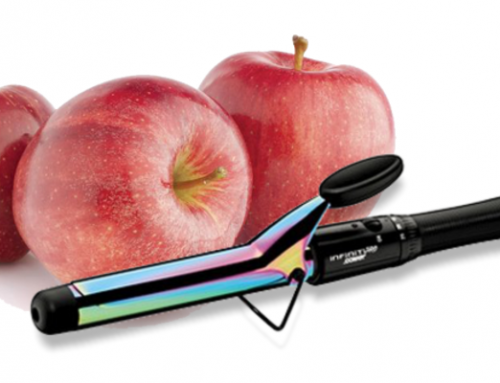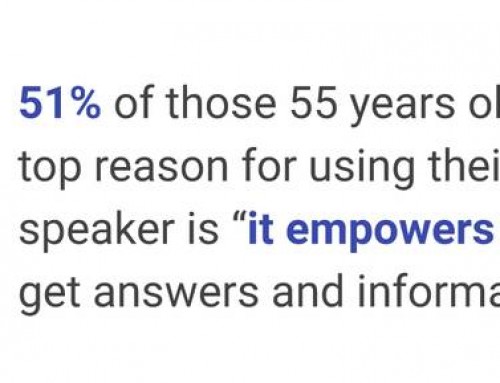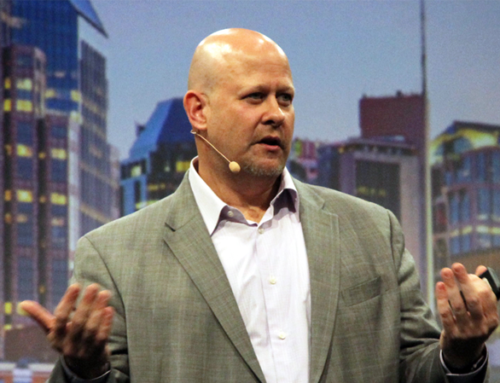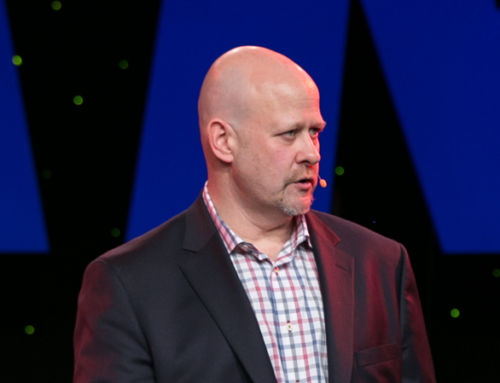When I started my digital marketing career in 1994, my motivation was to help local businesses take their show on the road; go national, even global, and break free from their geographic confines. After all, that was the promise of the Internet back in the day. It made the playing field level because you could now take your business global and compete with the big guys. We all boarded the train for a brave new digital world leaving local far behind…or so we thought.
Fast forward twenty years and everyone is clamoring about local. Local search, local check-in, shop local, be local, buy local. If digital marketing were Jan Brady she’d exclaim, local, local, local!
So is this local craze just Internet hype, or is it as important as everyone’s making it out to be? To answer this question, we have to look at the company arguably responsible for pushing this local snowball over the hill– Google.
Google released Google Maps February 8, 2005, and for close to a decade, has spent a great deal of time, energy and capital emblazoning a local ecosystem. In 2006, Google added business listings to maps and in the years that followed, there would be a cascade of local enhancements: street view, business reviews, expanded business listings, Zagat data integration, user edited business listings, Google+ Local (now just Google+), the local Carousel and now self-driving cars.
Perform a Google search for just about anything and take a good look at the results. In most cases, at least 60% of the search results returned by Google have some sort of local intent. No matter your woe, folly or ailment, Google appears to believe that localized information plays a requisite role in finding gratification.
Google isn’t the only one trying to make the world a smaller place. In the early 2000’s, we began to see internet connected PDA’s become more common. Palm, Windows and Blackberry were all working to put data in the palms of our hands. By the mid 2000’s, we watched in astonishment as some of the very first smartphones hit the scene and surged into the mainstream. Add social media to the mix and you had a local trifecta that in short order became the fuel, oxygen and spark that lit a global, local explosion.
Technological momentum is not the only factor in the local equation. Naturally occurring influences play a large role in consumer consciousness. Acts of nature such as hurricanes, tornadoes, tsunamis and fires are all followed with a flurry of “Buy Local / Shop Local / Support Local” campaigns. Local becomes emotional, a responsibility, a pseudo badge of honor that in most cases does something incredible, it trumps price.
Local has become such a critical element in the never-ending strives we make to enter the consciousness of the consumer, that global brands like Geico® are immodestly leveraging the power and feeling of familiarity offered by a local relationship. We’ve seen the brand’s gecko mascot hoofing it across the Brooklyn Bridge, making jokes about the Seattle Space Needle, piloting a boat in Baltimore’s Inner Harbor and even doing a somewhat uncomfortable Philly Cheese-steak Shuffle.
Clearly there is enough evidence to conclude, hype is not at play here. A shift needs to be made from reluctant bystander to willing participant. If you have a business of any size or type, getting local right needs to go to the top of your priorities list.
Consider this, 52% of online consumers have visited closed businesses as a result of inaccurate info listed in local search. Even more disturbing are the statistics surrounding companies that are open for business (or so they think) and have incorrect or inconsistent local data. 73% of consumers lose trust in a business whose online listings show inaccurate information. 67% say they lose trust if they get lost attempting to walk or drive to a business because of faulty listings. Improper local listings can also impede search engine optimization (SEO) efforts, acting as a barrier to achieving coveted search listings.
Akin to the adage of a tree falling in the woods, in our local first world, are you really open for business if Google says you’re closed?
The fact is that consumers have taken up arms and those arms have hands with fingers, fingers that once again, are doing the walking. This time, they’re not walking across yellow books, but rather glass screens and keyboards to find, well, everything. The question is, are they finding you?
Larry Bailin is a Best-Selling author and top rated Keynote Speaker. Larry is the thought leader and CEO of Single Throw Digital Marketing, one of the top digital marketing companies in the nation.
Source(s): Placeable Survey, April 2014, Infogroup Survey, September 25, 2013.






